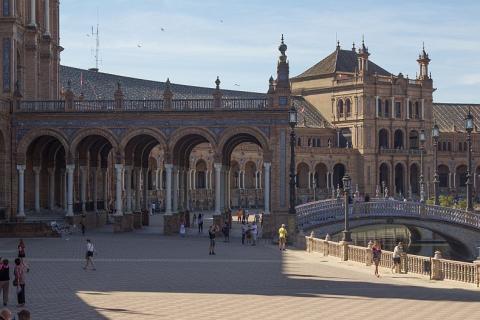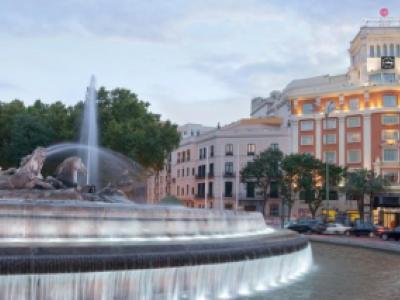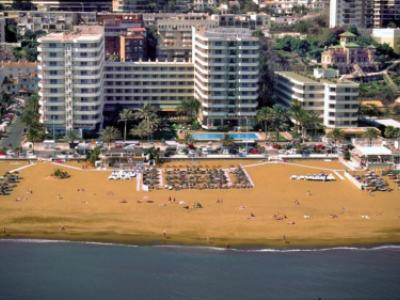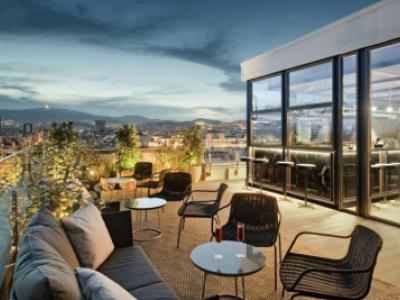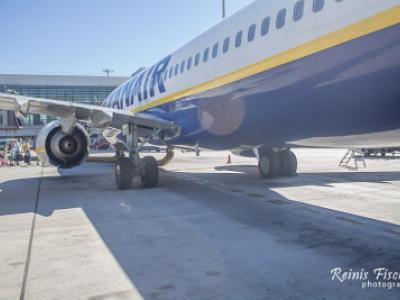Plaza de España undoubtedly ranks among the top 10 must-visit tourist attractions in Seville, Spain.
Here's a delightful anecdote from my visit: I stumbled upon the name of this iconic place only after completing my photography session. By sheer chance, I decided to ask a passerby about the name of this fabulous location. To my surprise, the gentleman burst into laughter, revealing that he was, in fact, a guide for this very place. With a smile, he informed me that the place is called Plaza de España, sparking a short but engaging 5-minute conversation between us.
Embracing the true spirit of travel, I confess – who needs to conduct thorough research beforehand? Just kidding, but, truth be told, such serendipitous moments happen to me quite often, especially when exploring routes packed with numerous tourist attractions. This particular day marked our fourth in Spain, and we had already visited around 30 captivating tourist spots in the Andalusia region. Keeping track of them all can be quite a challenge!
Equipped with my trusty travel companion, a tripod, I decided to capture the grandeur of Plaza de España through panoramic photography. Given the vastness of the complex, it couldn't be contained in a single frame. Despite the challenge of navigating through the dozen tourists who kept popping into the frame, I managed to capture a few panoramic shots. After some consideration, here's one that I believe does justice to the magnificence of Plaza de España, and I'm excited to share it with you.
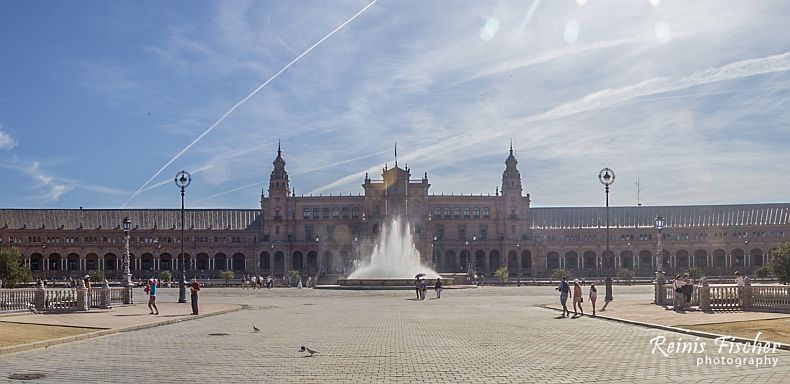
Plaza de Espana in Seville
The Plaza de España ("Spain Square", in English) is a plaza in the Parque de María Luis, in Seville, Spain, built in 1928 for the Ibero-American Exposition of 1929. It is a landmark example of Regionalism Architecture, mixing elements of the Renaissance Revival and Moorish Revival (Neo-Mudéjar) styles of Spanish architecture.
Plaza de Espana definitely is an architecture's photographer dream object - so many interesting elements to photograph.
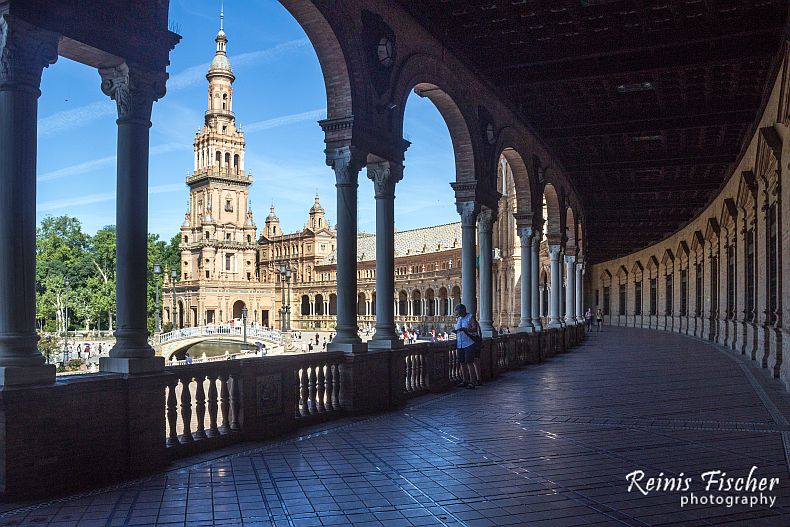
Curves and lines
In photography, it' 's all about curves and lines.
The Plaza de España, designed by Aníbal González, was a principal building built on the Maria Luisa Park's edge to showcase Spain's industry and technology exhibits. González combined a mix of 1920s Art Deco and "mock Mudejar", and Neo-Mudéjar styles. The Plaza de España complex is a huge half-circle with buildings continually running around the edge accessible over the moat by numerous bridges representing the four ancient kingdoms of Spain. In the centre is the Vicente Traver fountain. By the walls of the Plaza are many tiled alcoves, each representing a different province of Spain.
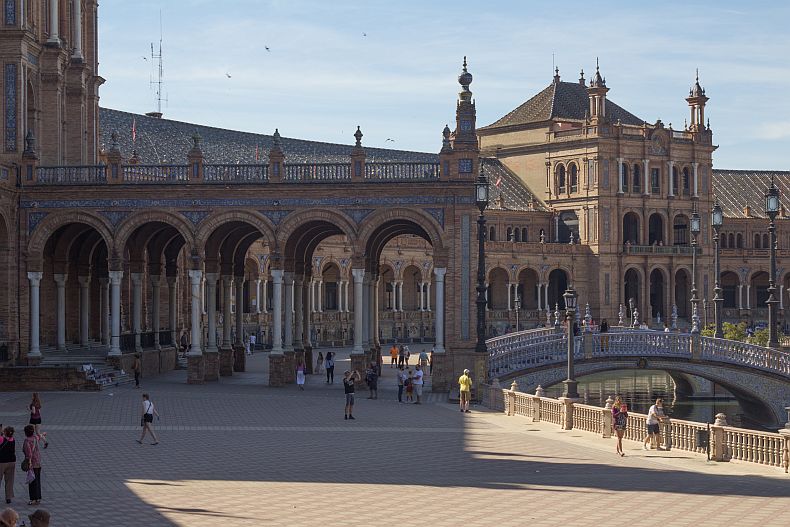
Central building at the Plaza
Today the Plaza de España mainly consists of Government buildings. The central government departments, with sensitive adaptive redesign, are located within it. The Plaza's tiled Alcoves of the Provinces are backdrops for visitors portrait photographs, taken in their own home province's alcove. Towards the end of the park, the grandest mansions from the fair have been adapted as museums. The farthest contains the city's archaeology collections. The main exhibits are Roman mosaics and artifacts from nearby Italica.
The Plaza de España has been used as a filming location, including scenes for the 1962 film Lawrence of Arabia. The building was used as a location in the Star Wars movie series Star Wars: Episode II – Attack of the Clones (2002) — in which it featured in exterior shots of the City of Theed on the Planet Naboo. It also featured in the 2012 film The Dictator.
The plaza was used as a set for the video of Simply Red's song Something Got Me Started.
